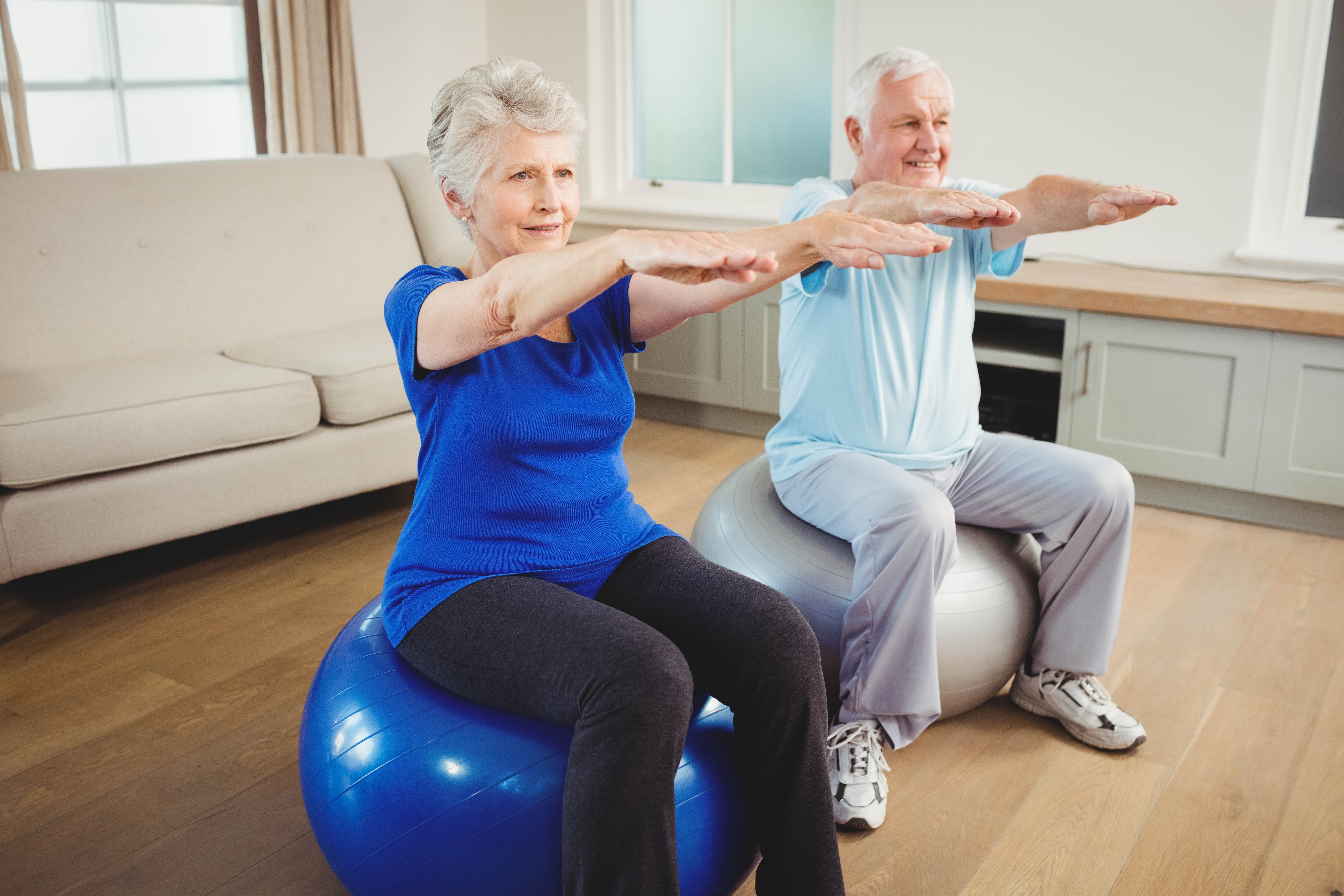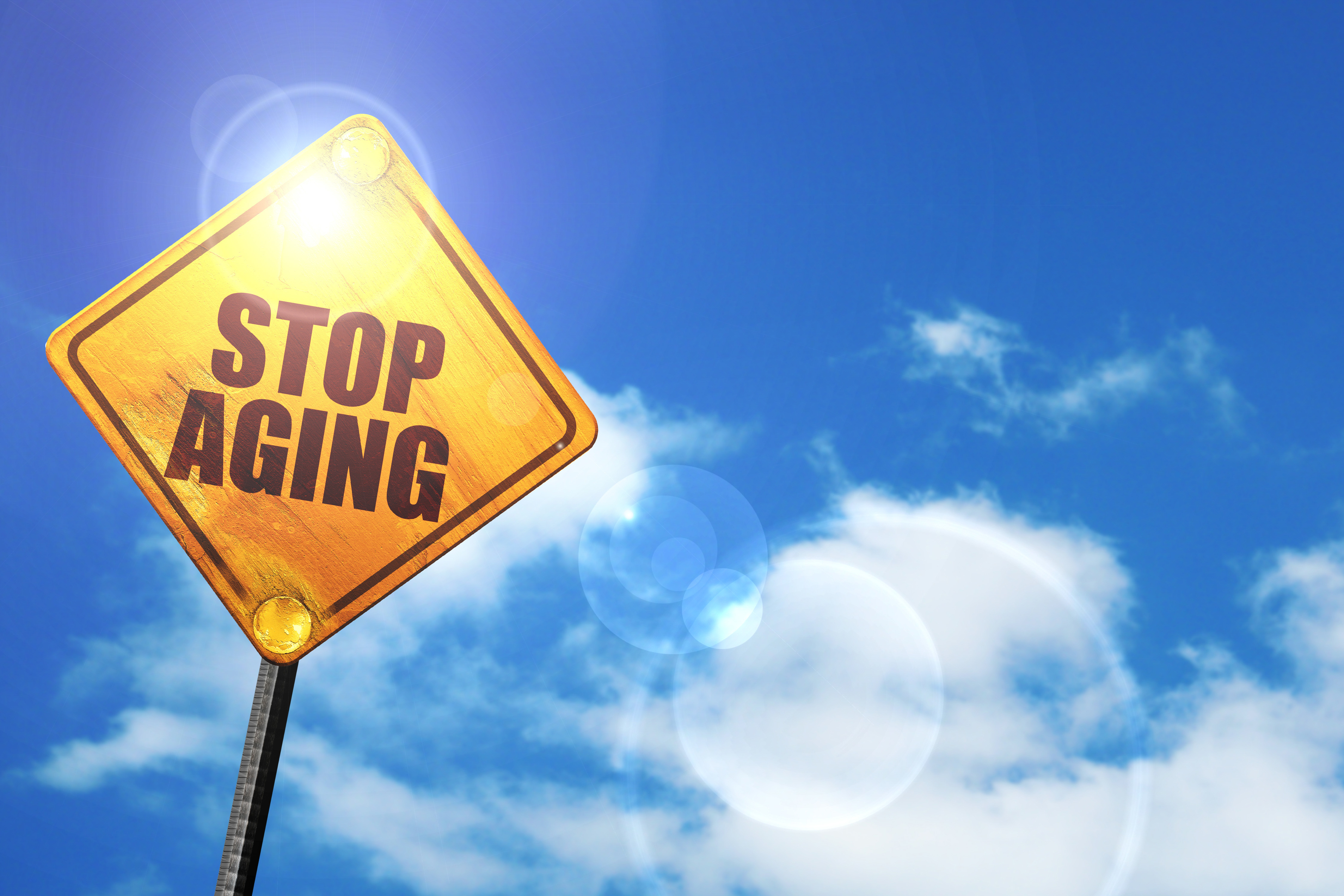The Holistic Way To Reverse Your Age
Exploring natural ways to reverse aging is more than a whimsical quest; it’s an “Anti-aging strategies should be approached from a holistic perspective, including both lifestyle and dietary changes. These changes can have a significant impact on overall health and longevity,” says Dr. Jane Smith, a leading expert in anti-aging medicine.
Dr. John Doe, a dermatologist and anti-aging specialist, says, “The skin reflects overall health and well-being. Incorporating natural skin care products and protecting the skin from excessive sun exposure can significantly reduce the signs of aging.”
“Regular physical activity, including cardiovascular exercise, strength training, and flexibility workouts, can help maintain muscle mass, improve bone density, and reduce the risk of age-related diseases,” says Dr. Sarah Lee, a sports medicine specialist.
A nutritionist and anti-aging expert, Dr. David Kim, says, “A balanced diet rich in fruits, vegetables, whole grains, lean proteins, and healthy fats can provide the body with essential nutrients to combat free radicals and protect against cellular damage.”
“Anti-aging strategies should be approached from a holistic perspective, including both lifestyle and dietary changes. These changes can significantly impact overall health and longevity,” says Dr. Jane Smith, a leading expert in anti-aging medicine.
Dr. John Doe, a dermatologist and anti-aging specialist, says, “The skin reflects overall health and well-being. Incorporating natural skin care products and protecting the skin from excessive sun exposure can significantly reduce the signs of aging.”
“Regular physical activity, including cardiovascular exercise, strength training, and flexibility workouts, can help maintain muscle mass, improve bone density, and reduce the risk of age-related diseases,” says Dr. Sarah Lee, a sports medicine specialist.
A nutritionist and anti-aging expert, Dr. David Kim, says, “A balanced diet rich in fruits, vegetables, whole grains, lean proteins, and healthy fats can provide the body with essential nutrients to combat free radicals and protect against cellular damage.”
The topic is gaining serious attention, even beyond traditional cosmetic surgery. Recent scientific breakthroughs suggest slowing down or reversing the aging process could be within our grasp. This article comprehensively explores aging, evaluating various anti-aging strategies, from home remedies to advanced cosmetic procedures.
10 Ways to Reverse Aging Naturally
- Balanced Nutrition: Emphasize a diet rich in fruits, vegetables, whole grains, lean proteins, and healthy fats. Foods high in antioxidants, like berries, nuts, and green leafy vegetables, can combat free radicals contributing to aging.
- Regular Physical Activity: Engage in cardiovascular exercises, strength training, and flexibility workouts. Activities like brisk walking, swimming, yoga, and tai chi keep the body fit and help maintain muscle mass and bone density.
- Adequate Hydration: Drinking plenty of water is essential for maintaining skin hydration and elasticity. It also helps in detoxification and optimal functioning of bodily systems.
- Quality Sleep: Aim for 7-9 hours each night. Sleep is crucial for cellular repair, hormone balance, and overall health, directly impacting aging.
- Stress Management: Practices like meditation, mindfulness, deep breathing exercises, and time in nature can effectively reduce stress, accelerating aging.
- Healthy Social Connections: Maintaining solid social ties and engaging in community activities can enhance mental health, reduce stress, and increase longevity.
- Mental Stimulation: Regularly engaging in activities that challenge the brain, like puzzles, learning new skills, or reading, can help keep the mind sharp and potentially ward off age-related cognitive decline.
- Limit Alcohol and Avoid Smoking: Reducing alcohol intake and avoiding smoking can significantly improve health. Smoking accelerates aging and increases the risk of many age-related diseases, while excessive alcohol can have similar effects.
- Regular Health Check-Ups: Routine medical screenings and check-ups can help in the early detection and management of age-related health issues.
- Natural Skin Care: Using natural, gentle skin care products and protecting the skin from excessive sun exposure helps maintain skin health and can reduce signs of aging.
10 Age-Defying Exercises
- Brisk Walking: A simple yet effective cardiovascular exercise that improves heart health, boosts metabolism, and can be done anywhere.
- Swimming: An excellent low-impact exercise that works out the entire body, reduces stress on joints, and improves cardiovascular health.
- Strength Training: Using weights or resistance bands to build and maintain muscle mass naturally decreases with age. Strength training also supports bone density.
- Yoga: Enhances flexibility, balance, and strength. It also helps reduce stress, improve posture, and promote well-being.
- Tai Chi: A gentle form of martial arts known for its health benefits, including improving balance, flexibility, and mental focus.
- Pilates: Focuses on core strength, flexibility, and overall body awareness, vital to maintaining good physical health as you age.
- Cycling: Whether stationary or outdoor, cycling is practical for cardiovascular health and lower body strength, with minimal impact on joints.
- Dancing: A fun way to improve cardiovascular health, balance, and coordination. It also has social and cognitive benefits.
- Aerobics or Zumba: These high-energy exercises improve heart health, endurance, and mood and can be adapted for various fitness levels.
- Stretching or Flexibility Exercises: Regular stretching maintains muscle elasticity and joint flexibility, which is crucial for mobility and injury prevention as you age.
10 Age Defying Foods
- Berries (Blueberries, Strawberries, Raspberries): High in antioxidants, berries combat free radicals, which are responsible for speeding up the aging process and causing cellular damage.
- Nuts (Almonds, Walnuts): Rich in essential fatty acids, vitamins, and minerals, nuts are great for skin health, brain function, and heart health.
- Leafy Greens (Spinach, Kale, Swiss Chard): Loaded with vitamins, minerals, and antioxidants, leafy greens help protect against cellular damage and age-related diseases.
- Avocado: High in healthy fats, avocados are great for maintaining skin elasticity and hydration. They also contain nutrients that promote overall health.
- Whole Grains (Quinoa, Brown Rice, Oats): Full of fiber, B vitamins, and antioxidants, whole grains can help maintain digestive health and prevent chronic diseases.
- Fatty Fish (Salmon, Mackerel, Sardines): Rich in omega-3 fatty acids, which are excellent for heart health and brain function and reduce inflammation.
- Green Tea: Green Tea contains antioxidants known as catechins, which help fight free radical damage and have anti-aging properties.
- Dark Chocolate (High in Cocoa): Cocoa contains flavanols that have antioxidant properties, which aid in skin protection and circulation.
- Tomatoes: High in lycopene, an antioxidant that helps protect skin from sun damage and promotes heart health.
- Turmeric: Its active ingredient, curcumin, has potent anti-inflammatory and antioxidant properties, making it beneficial for reducing inflammation-related aging signs.
10 Activities That Will Age You
Certain activities and lifestyle choices can accelerate the aging process. Here are ten such activities:
- Excessive Sun Exposure: Spending too much time in the sun without proper protection can lead to premature skin aging, wrinkles, and an increased risk of skin cancer.
- Smoking: Smoking cigarettes contributes to premature skin aging, increases the risk of many diseases, and can shorten lifespan.
- Overconsumption of Alcohol: Regular, excessive alcohol consumption can lead to early signs of aging, liver damage, and other health issues.
- Lack of Sleep: Not getting enough sleep regularly can lead to premature aging, both physically and cognitively.
- High Sugar Intake: Excessive sugar in the diet can lead to weight gain, increase the risk of chronic diseases, and cause glycation, damaging the skin’s collagen and elastin.
- Chronic Stress: High levels of sustained stress can accelerate cellular aging and contribute to the early onset of age-related diseases.
- Sedentary Lifestyle: Lack of regular physical activity can lead to early signs of aging, decreased muscle mass and bone density, and increased risk of chronic diseases.
- Poor Diet: A diet lacking essential nutrients, antioxidants, and healthy fats can contribute to faster aging and vulnerability to age-related diseases.
- Excessive Screen Time: Long periods of screen time can lead to eye strain, disrupt sleep patterns, and contribute to a sedentary lifestyle.
- Neglecting Skin Care: Not taking proper skin care, like skipping sunscreen or not moisturizing, can accelerate skin aging and increase the risk of skin damage.
Understanding the Drive To Be Forever Young
Why are so many of us keen on maintaining our youthful vitality? The answer goes beyond mere fear of aging or death. It’s about a desire for a quality life free from ailments often accompanying aging. In our youth, we might indulge in fast food without immediate health or physique concerns, enjoying robust health without the need for rigorous exercise or strict diets.
Changes in Biological and Chronological Aging
As we grow older, the sensory and organ functions of our body naturally deteriorate. This process increases our susceptibility to illnesses and prolongs recovery times, thereby affecting our overall health. It’s important to distinguish between biological age, which is influenced by lifestyle factors such as diet and exercise, and chronological age, which is the unchangeable measure of time since birth
Insights into the Aging Process
Advancing age brings visible and subtle body changes affecting various systems. For example, we might see changes in the cardiovascular and respiratory systems, such as heart muscle thickening and decreased lung capacity. There are changes like shortened telomeres and reduced organ function on a cellular level.
Exploring Age-Defying Solutions
A wide range of options exists for those seeking to preserve youth, from cosmetic surgeries and laser treatments to natural diets and exercises. However, not all methods address aging at the cellular level. Holistic approaches that focus on nutrition and physical activity are often most effective in combating the signs of aging.
The Role of Lifestyle Choices in Aging
Lifestyle choices play a pivotal role in determining our biological age. A balanced diet, regular physical activity, adequate sleep, and effective stress management can significantly slow aging. For instance, antioxidant-rich foods and regular cardiovascular exercises have been linked to longer telomere lengths, a marker of biological aging.
Technological Advancements in Anti-Aging
Technological advancements, such as skincare and cosmetic procedures, offer promising results. Innovations like laser therapy, regenerative medicine, and even genetic editing are pushing the boundaries of what’s possible in age reversal. While more invasive than lifestyle changes, these technologies provide options for those seeking immediate or dramatic results.
The Psychological Aspect of Aging
It’s also essential to address the psychological aspects of aging. Maintaining a positive mindset, staying socially active, and engaging in mentally stimulating activities can enhance mental well-being and slow cognitive decline. Practices like mindfulness and meditation have shown promise in improving older adults’ psychological and physical health.
Ethical and Social Considerations
As we explore anti-aging solutions, ethical and social considerations must be addressed. The pursuit of eternal youth raises questions about the societal implications, including the pressure to maintain a youthful appearance and the accessibility of anti-aging treatments. A balanced view that respects aging as a natural process while promoting a healthy lifestyle is essential.
Conclusion: Embracing a Holistic Approach to Aging
In conclusion, while the quest to reverse aging naturally may sound like a modern-day Fountain of Youth, it is grounded in traditional wisdom and cutting-edge science. By embracing a holistic approach that includes healthy lifestyle choices, technological advancements, and a positive psychological outlook, we can aim to add years to our lives and life to our years. Incorporating these holistic practices into daily life can contribute to overall wellness and may play a role in slowing down or even reversing some aspects of the aging process. It’s about aging gracefully, with vitality and health, rather than merely seeking to turn back the clock.

